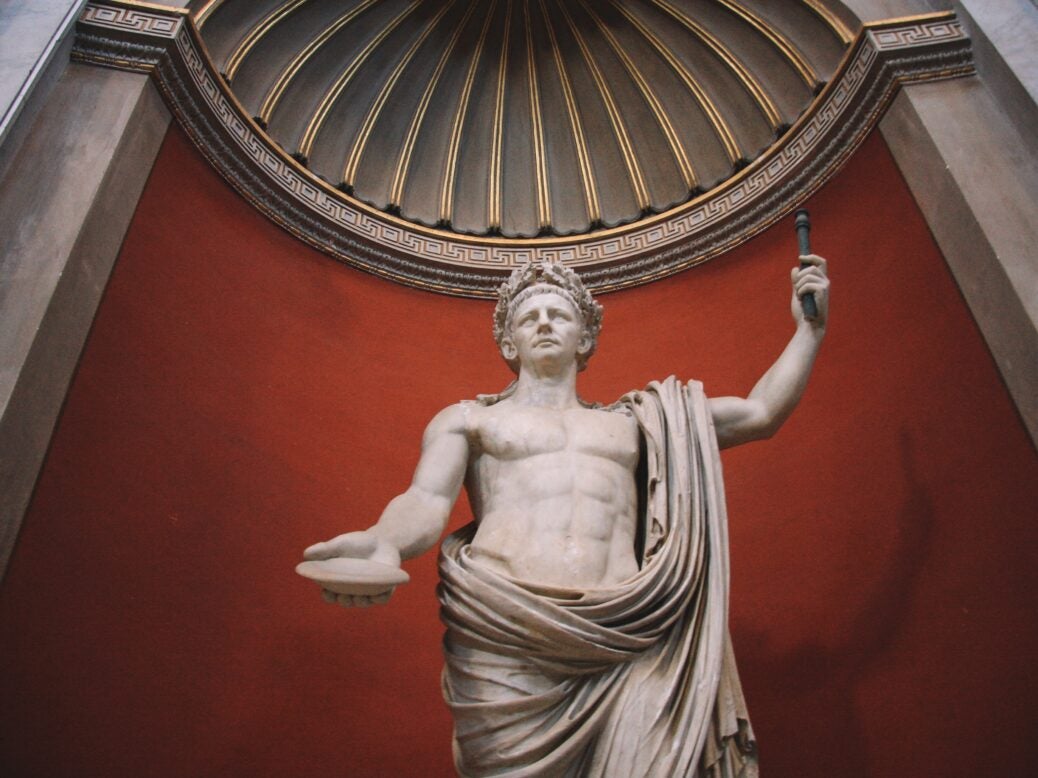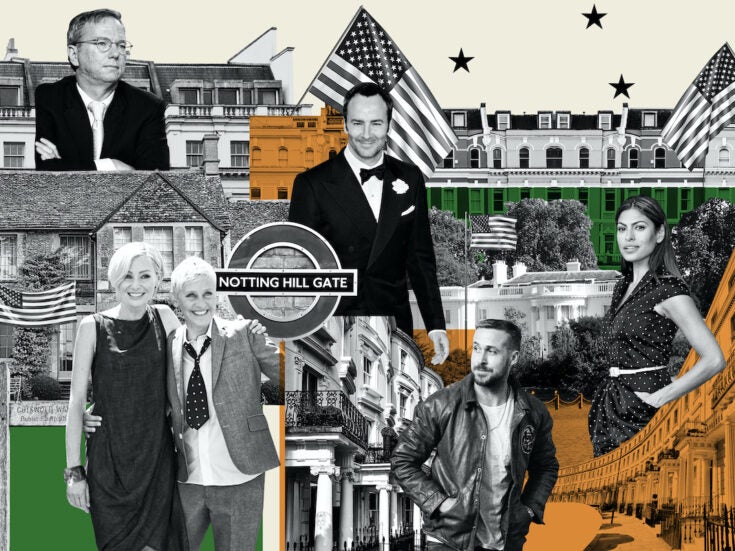
The Roman emperors were generally very adept at making the ancient equivalent of the camera lie: The psychology is straightforward enough – and still present today, writes Daisy Dunn
As a student, I took a couple of papers in classical art and archaeology, eager for a break from Plato. In the first week of the Roman sculpture course, we were told to memorise the names and dates of the emperors from 27BC to AD337.
The following week, we had to begin memorising their faces. ‘You need to learn to recognise them as you do your friends,’ said our tutor. ‘Walking into a museum ought to be like walking into a party.’
Great, I thought, a party where nobody talks. To a teenage girl, one middle-aged man looks much like another. The prospect of distinguishing almost 70 of these chaps, when there was no trace of skin tone or eye colour, no tangible wisp of hair to provide a hint, was rendered only more daunting by our discovery that they put on various fronts throughout their lives.
Military Augustus looks very different from Augustus the priest.
You would never guess that he was in his forties when he posed for the full-length statue discovered at Rome’s Prima Porta. The sculptor of that piece modelled his pose on that of a Greek athlete to make him look far younger.
The emperors were generally very adept at making the ancient equivalent of the camera lie. When Augustus’s stepson Tiberius succeeded him, artists made the most of any physical similarities, knowing that the faintest suggestion of kindred blood would help to legitimise his rule.
Even where portraits appear unflattering – the turbulent third century witnessed a trend for grouchy, jowly, tired faces – you can’t help but question how closely they resembled their sitters and how far they adhered to artistic convention. Today, those who put their portraits out into the world are seldom more transparent than their ancient forebears. Scrolling through popular Instagram accounts, what strikes me is how similar many of the pictures are.
Clothes, interiors and, most interestingly, poses recur repeatedly. There is the one-legged flamingo pose, the looking-over-the-shoulder stance and, at this time of year, bronzed-thigh selfies labelled #hotdogsorlegs?. There are also hundreds of photos of women styled to resemble Audrey Hepburn or Taylor Swift.
The psychology is straightforward enough. Emulating beauties bestows beauty via association. The hundredth photo of a girl standing like a flamingo will not seem as strange as the first. It will have become part of the language of self-expression, of fashion, of the not-so-exclusive club of people who know what is in, what is out, and how to act in order to belong.
Leaders in the ancient world understood all this.
If they were not having their portraits modelled on those of their predecessors to fortify a dynasty, they were doing so because they knew that what was familiar was also reassuring to their public. It is extraordinary, for example, how many men tried to look like Alexander the Great. When Pompey the Great posed for a post-battle portrait, you can bet that Alexander’s name was in the artist’s brief.
The irony is that Alexander was extremely controlling of his image, allowing only one artist, Lysippos, to sculpt him. It was said that, while other sculptors ‘made men as they really were, [Lysippos] made them as they appeared to be’. For Alexander that meant tall, slim and, with his leonine hair, as much like the man he claimed as his own ancestor – Hercules – as possible.
Roman artists could only hope to emulate Lysippos’s clever manipulation of their idol’s looks. For Alexander, as for Augustus and Pompey, this was no more about deceit than copycatting is for today’s influencers. The cultivation of a successful public image depends upon the ability to position oneself in relation to others.
The challenge comes in striking the right balance between barefaced emulation and the appropriation of certain features as part of a look that is otherwise striking and new. It is, incidentally, this very combination of borrowing and innovation that offers the student of art the key to recognising individuals.
I eventually put my own facial recognition skills to the test by visiting the Vatican Museums to ‘party’ with the ancients, marble head after marble head. The names of some jumped out, while others took a while to filter through. But isn’t that always the case at parties?
Photo by iam_os on Unsplash
More from Spear’s
Inside the Earl of Leicester’s plan to boost ‘natural capital’
On tax returns in ancient Rome






